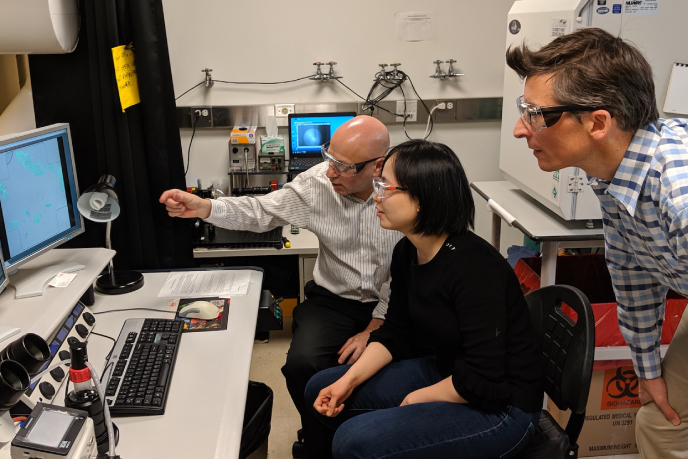Principal Investigator
At a Glance
Attaining net-zero by midcentury requires the sustained development and deployment of energy and industrial infrastructure at a speed, scale and complexity that is unprecedented in human history. No major economy appears to be comprehensively on track to achieve its net-zero commitment. Models used to design policies that support preferred pathways currently lack consideration of many real-world conditions, which could hamper the speed at which nations, sectors and individual companies attempt to make the energy transition. This research tries to better understand the net-zero challenge, track progress, and identify and overcome these limits to the speed at which societies decarbonize.
Research Highlight
At its core, the net-zero transition is a coordination challenge involving vast numbers of independent actors across multiple sectors. These players in energy, industry and materials ecosystems deliver supply- and demand-side assets and invest in and connect infrastructure. Integrated assessment and other macro-scale energy systems models (IAMs) that explore decarbonization pathways are influential in shaping energy and climate policy. They also play a role in determining whether nations, sectors and individual companies are on track to meet various commitments, such as the Paris Agreement. However, these IAMS do not adequately represent how such assets are conceived, developed and built in this complicated landscape. Consequently, they frequently miss critical constraints and bottlenecks that hold back progress in different settings and at different scales.
In 2022, the researchers sought to capitalize on the Net-Zero America study, thus commencing a similar one for Australia. There, the objective is to describe pathways that decarbonize Australia’s relatively small domestic economy while also transitioning its very large-scale coal and liquified natural gas exports to zero-carbon, hydrogen-based carriers. The Net-Zero Australia study will release its final report in 2023.
Other research explored the issue of capital discipline (i.e. processes undertaken by investors to limit investment risks) and its speed-limiting effect on the transition for both largerand smaller-scale projects. A conceptual framework was developed to reverse engineer the sequence of decisions in development and construction activities represented by macroscale transitions (e.g., Net-Zero America’s gigatonne per year carbon capture and storage projections to 2050). This allows one to identify critical “chicken-or-egg” challenges that create investment hesitancy and design policy interventions to speed up decisions (Uden et al., 2022).
In an extension of the capital discipline theme, further research examined the investment decision-making and capital formation processes applied by developers and investors in the energy transition. Looking at the transition through this lens highlighted a critical disconnect between the risk profile of project development and the very large pools of capital claiming to be ready to fund the net-zero transition (Greig et al., 2023; Figure 2.1).

Stylized project investment decision sequence. Researchers have developed a framework to identify and overcome the limitations of existing decarbonization modeling frameworks that do not truly represent the way risk-capital is mobilized. As successful projects advance from left to right in sequence, the level of project definition, confidence in the business case and availability of capital increase, while the investment risk profile and cost of capital decrease. (Greig et al., 2023).
Finally, research sought to understand what it means when companies claim to be ‘Paris-aligned.’ This means that the pathways chosen by various companies must limit carbon budgets to levels consistent with an average global temperature rise of no more than 1.5 °C (Rekker et al., 2022). To this end, the researchers developed a methodology to provide a more robust assessment of the alignment of corporations’ current portfolios and announced plans with an example pathway (IEA B2DS) generally consistent with the Paris Agreement (Rekker et al., 2022). It was found that nine of ten of Australia’s largest power generators and all ten of the largest listed global cement producers were not on a trajectory consistent with the Paris goals.
References
Uden, S., R. Socolow, and C. Greig, 2022. Bridging capital discipline with energy scenarios. Energy and Environmental Science 8:3114-3118. (https://doi.org/10.1039/D2EE01244H).
Greig, C., R. Winkler, B. Finch, D. Keto, and S. Hobart, 2023. Speeding up risk capital allocation to deliver net-zero ambitions. Joule 7(2):239-243. (https://doi.org/10.1016/j.joule.2023.01.003).
Rekker, S., M. Ives, B. Wade, L. Webb, and C. Greig, 2022. Measuring corporate Paris compliance using a strict sciencebased approach. Nature Communications 13:4441 (https://doi.org/10.1038/s41467-022-31143-4).




